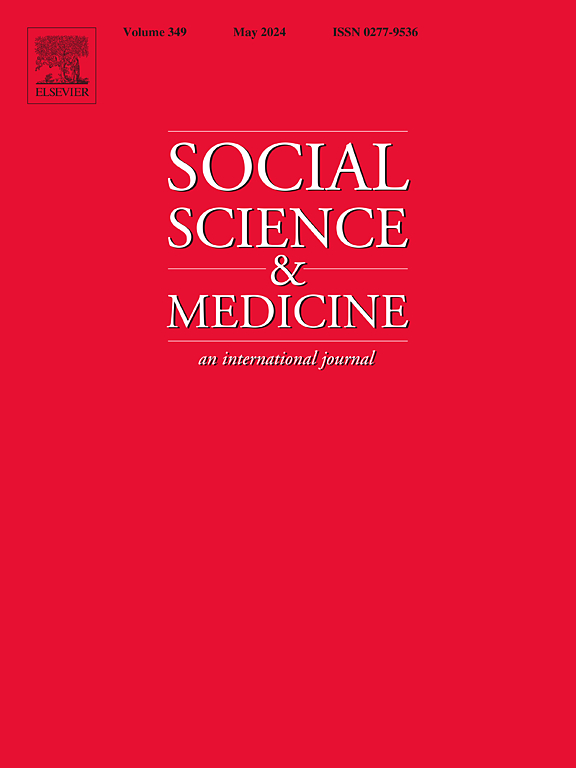通过在信件中使用暗示来改善医院候诊名单的管理:随机对照试验
IF 5
2区 医学
Q1 PUBLIC, ENVIRONMENTAL & OCCUPATIONAL HEALTH
引用次数: 0
摘要
目的:行政确认是帮助缩短医院治疗等待时间的一项普遍采用的干预措施,即行政人员致函病人,确认是否仍需进行手术。验证信的未回复率(DNR)很高。我们测试了在验证信中引入提示是否会降低 DNR 率:来自爱尔兰 8 家公立医院的参与者(N = 2855;2017 年)被随机分配接受现有的验证信(对照组)或重新设计的包含提示的验证信(干预组):干预组参与者不回信的可能性低于对照组,OR = .756,SE = .069,P = .002。对照组和干预组的 DNR 率分别为 23.97% 和 19.24%。这相当于每 5 个未回复者中就有 1 人因为重新设计的信件而改变了行为:结论:重新设计的信件提高了患者对验证过程的依从性。爱尔兰的公立医院随后也采用了这种重新设计的信函。本文章由计算机程序翻译,如有差异,请以英文原文为准。
Improving the management of hospital waiting lists by using nudges in letters: A Randomised controlled trial
Objective
A commonly adopted intervention to help to reduce wait times for hospital treatment is administrative validation, where administrators write to patients to check if a procedure is still required. The did not return (DNR) rate to validation letters is substantial. We tested whether the DNR rate was reduced by introducing nudges to validation letters.
Methods
Participants from eight public hospitals (N = 2855; in 2017) in Ireland were randomized to receive an existing (control group) or a redesigned validation letter including nudges (intervention group).
Results
Participants in the intervention group were less likely not to return it than those in the control group, OR = .756, SE = .069, p = .002. Control and intervention group DNR rates were 23.97% and 19.24%. This is equivalent to 1 in 5 non-responders changing their behaviour because of the redesigned letter.
Conclusions
The redesigned letter increased patient compliance with the validation process. The redesign has subsequently been adopted by public hospitals in Ireland.
求助全文
通过发布文献求助,成功后即可免费获取论文全文。
去求助
来源期刊

Social Science & Medicine
PUBLIC, ENVIRONMENTAL & OCCUPATIONAL HEALTH-
CiteScore
9.10
自引率
5.60%
发文量
762
审稿时长
38 days
期刊介绍:
Social Science & Medicine provides an international and interdisciplinary forum for the dissemination of social science research on health. We publish original research articles (both empirical and theoretical), reviews, position papers and commentaries on health issues, to inform current research, policy and practice in all areas of common interest to social scientists, health practitioners, and policy makers. The journal publishes material relevant to any aspect of health from a wide range of social science disciplines (anthropology, economics, epidemiology, geography, policy, psychology, and sociology), and material relevant to the social sciences from any of the professions concerned with physical and mental health, health care, clinical practice, and health policy and organization. We encourage material which is of general interest to an international readership.
 求助内容:
求助内容: 应助结果提醒方式:
应助结果提醒方式:


